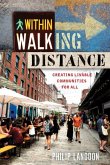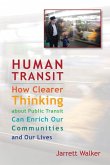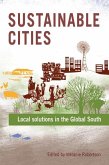How do you design a community to be both livable and sustainable? More importantly, how do you know if that design really worked? Harrison Fraker goes beyond abstract principles, providing a clear evaluation of the first-generation of sustainable neighborhoods. Using concrete performance data to gage successes and failures, he presents a holistic model based on best practices. Part one of this volume examines four neighborhoods built expressly to conserve resources: Bo01 and Hammarby in Sweden, and Kronsberg and Vauban in Germany. Part two compares their different strategies, including approaches to transportation, open space, energy use, and waste water. Part three then develops a comprehensive model of sustainability, promising not only a smaller carbon footprint, but an enriched form of urban living.








